Trouble codes formatted P06xx (xx being other numbers) always point to an issue within the ECM/PCM or in a related circuit specific to it.
If a problem in the reference circuit is detected, the computer stores code P0641. If you’ve retrieved this code from your vehicle, here is some basic information that you should know.
What Does the P0641 Code Mean?
Diagnostic trouble code (DTC) P0641 stands for “Sensor Reference Voltage “A” Circuit/Open.” It is logged whenever the PCM detects voltage that does not match manufacturer specifications on the 5-volt reference circuit.
If the 5 volts feeding the three-wire sensors is shorted to ground, it pulls all the three-wire sensor voltages to zero, and on some vehicles (like Fords), it will put the PCM to sleep so that there is no spark, fuel injection, or communication with the scan tool; thus there is no DTC for a shorted 5 volt rail on a system where the ECM/PCM has just one 5 volt rail because the ECM/PCM can’t communicate anyway.
If, however, there are multiple 5 volt rails, a short on just one of the rails won’t disable the engine. On a Ford, if any three-wire sensor shorts out, it kills the whole system. On a system with multiple rails, only one system goes down, but the engine will still run, albeit in limp mode (usually).
A 2016 Chevy Silverado, for example, has five different 5 volt rails. A short on any of these five rails will cause a different code to be set for each rail. The 5 volt rails on the Silverado each feed a different set of sensors.

Rail 1 feeds the Engine Oil Pressure Sensor, the Fuel Rail Pressure Sensor, the A/C refrigerant pressure sensor, the Exhaust Pressure Differential sensor, the Camshaft Position Sensor. A short on this rail will set code P0641.
The other four 5 volt rails set different codes.
Rail 2 feeds Accelerator Pedal Sensor 2, the MAP sensor, and the Brake Pedal Position Sensor. That rail will set a P0651 if it shorts out.
Rail 3 feeds Accelerator Pedal Sensor 1 and the Intake Air Valve Position Sensor. That rail sets a DTC P0697.
Rail 4 feeds the EGR position sensor. That rail sets a DTC DTC P06A3.
Rail 5 feeds the Crank Position Sensor, The Cooling Fan Speed Sensor, the DEF fluid pressure sensor, and the Turbocharger Vane Position Sensor. That rail sets a DTC P06D2.
For an advanced, technical discussion of two-wire vs three-wire sensors and reference voltage, you can read our explanation here.
Note: The definition of code P0641 may be different depending on the vehicle manufacturer. Consult the appropriate repair manual or repair database for the exact code definition.
What are the Possible Causes of the P0641 Code?
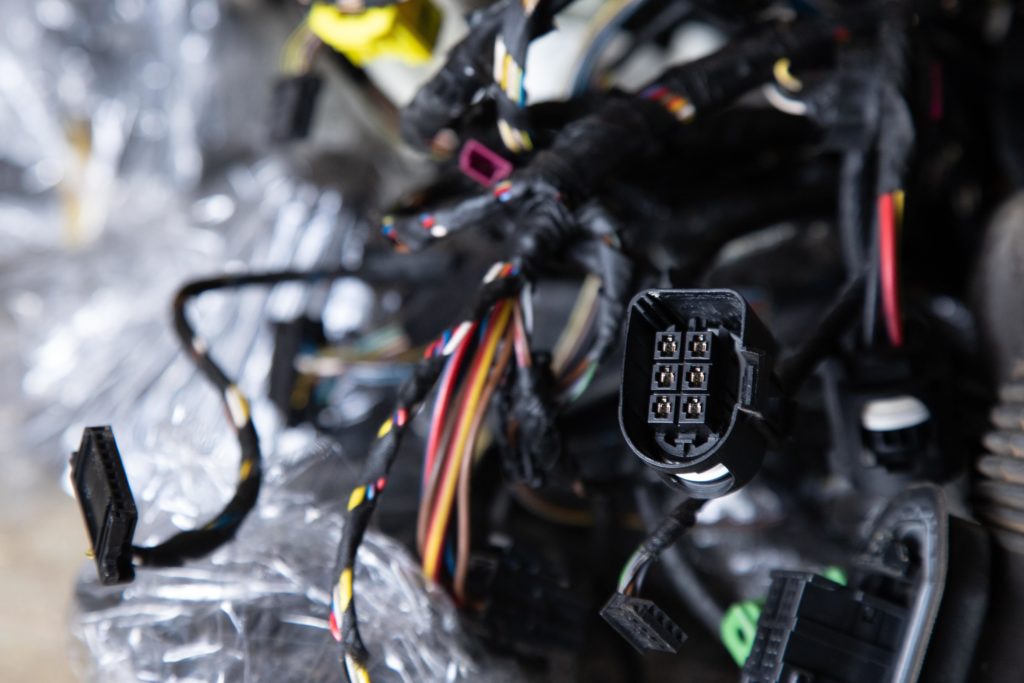
The code P0641 can be triggered by various issues, including:
- Malfunctioning sensor
- Wiring or connection issues
- PCM problems
What are the Common Symptoms of the P0641 Code?
Keep an eye out for these warning signs if you are dealing with a P0641 code:
- Check Engine Light is illuminated
- Sensor-related performance issues
How to Diagnose the P0641 Code
Identifying the underlying cause of the P0641 code can be difficult, especially if you’re not confident with your automotive knowledge. In most cases, it would be best to bring your vehicle to an auto repair shop and seek the help of a professional for an accurate diagnosis.
Here is a video that can help give you a better idea of how this trouble code might be diagnosed:
How to Fix the P0641 Code
The P0641 code is a generic trouble code that may apply to various makes and models. While vehicles from different manufacturers may share common symptoms, that doesn’t mean that they also share repair processes. For example, the steps for diagnosis and repair for a P0641 Chevy code may differ from those required by a P0641 Hyundai code.
If you’re an advanced DIYer who’d like to fix this code on your own, it will be helpful to refer to your repair manual or get factory vehicle repair information from an online subscription service.
Two-Wire vs Three-Wire Sensors and Reference Voltage
Like any computer, the ECM/PCM performs its calculations using inputs and outputs. Some sensors, like conventional zirconia O2 sensors, produce their own voltage on most systems. Two-wire speed sensors of the variable reluctance design (a coil of wire surrounding a magnet with teeth passing by the magnet) also produce their own voltage in an AC waveform.
But many engine control system sensors receive a constant regulated voltage input from the ECM/PCM. Some sensors have a dedicated reference voltage feed (these are two-wire thermistors that measure temperature of coolant, transmission fluid, or air), and other sensors have three wires and share the same reference voltage, which is typically 5 volts. Three-wire sensors that share the same 5 volts are typically potentiometers such as accelerator pedal and throttle position sensors.

Inside the ECM/PCM, there is at least one regulated 5 volt rail. Each two-wire thermistor has both wires connected to the ECM/PCM; one is a ground Ford likes to call “Signal Return,” but all vehicle systems have a ground like this feeding the sensors from the PCM and this ground is usually shared by all of the sensors.
The other wire on a two-wire sensor receives a 4.6 volts feed that is partially shorted to ground by the thermistor depending on the temperature of that sensor.
Each of these two-wire sensors has its own dedicated feed that comes from a 5 volt rail through a resistor within the ECM/PCM to prevent the changing resistance of the thermistor from deflecting the 5 volts supplied by the ECM/PCM’s 5 volt rail. The ECM/PCM measures the voltage between the thermistor and the resistor within the ECM/PCM to determine the temperature input from that sensor.
Okay, so that brings us to the three-wire sensors. Three wire sensors receive 5 volts from the ECM/PCM’s internal rail on one wire, a ground on another wire, and between these two wires is the signal wire that provides input. Typically a three-wire sensor is used to provide the ECM/PCM with the position of whatever is being measured, like the accelerator pedal or the throttle plate. Three-wire sensors also measure pressure (like fuel tank pressure and fuel rail pressure or EGR differential pressure).
Products Mentioned in this Guide
Any information provided on this Website is for informational purposes only and is not intended to replace consultation with a professional mechanic. The accuracy and timeliness of the information may change from the time of publication.


 Engine Control Module
Engine Control Module
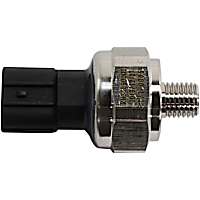 Oil Pressure Sensor
Oil Pressure Sensor
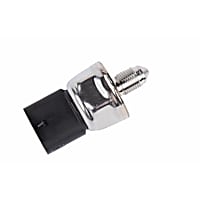 Fuel Rail Pressure Sensor
Fuel Rail Pressure Sensor
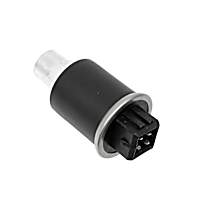 A/C Refrigerant Pressure Sensor
A/C Refrigerant Pressure Sensor
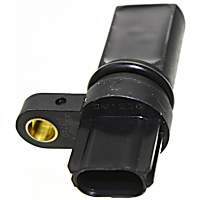 Camshaft Position Sensor
Camshaft Position Sensor
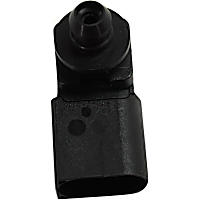 MAP Sensor
MAP Sensor

















I have a 13 2wd silverado w/ 4.8. I changed the sway bar links and lossened the air intake hose clamps to realign my CAI system, did this w/ the batt disconnected. Didn’t touch the throttle, just turned the air intake tube a little at the TBI. When I reconnected the batt, that code ce up as a permanent code and also activated the stabilitrak, traction control and “engine power cut”. I cleaned the map sensor and the tube that air tube that connects to the CAI tube w/ no change. Disconnected batt all night and turned the vehicle on/off about 30 times. Issue is still there. Please help